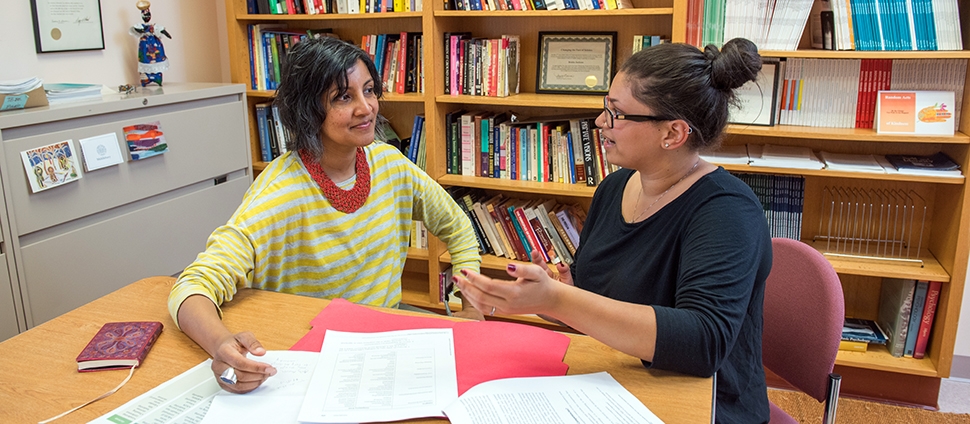In the Eyes of the Law: Perception Versus Reality in Appraisals of Video Evidence
Document Type
Article
Publication Date
2-1-2018
Publication Title
Psychology, Public Policy, and Law
Abstract
Video evidence has been widely welcomed into courtrooms, largely on the implicit faith that video objectively represents the legally relevant facts as they are. In this paper, we argue that both lay and legal understanding of video as "objective" is a misapprehension. The ways in which people watch video, as well as the vividness of the format itself, may encourage biased decision-making. We suggest the need for an evidence-based understanding of the probative value and prejudicial pitfalls of video, adapting a rubric used by scholars to assess the reliability of eyewitness testimony. Drawing from contemporary research on visual attention and perception, we question the reliability of people's interpretations of video. Specifically, we suggest that people overbelieve video, assuming their interpretations are more accurate and complete than they actually are and failing to discriminate inaccurate from accurate interpretations. Further, people are largely unaware of these biases in their processing of video evidence. We conclude by suggesting future avenues of research geared toward the development of rules and interventions for the presentation of video evidence. We seek to promote dialogue between legal experts and psychologists about new ways to reduce biases in judgment and to maximize the benefits of an increasingly prevalent type of evidence.
Keywords
Attention, Judgment and decision-making, Law, Visual perception
Volume
24
Issue
1
First Page
93
Last Page
104
DOI
10.1037/law0000137
ISSN
10768971
Recommended Citation
Granot, Yael; Balcetis, Emily; Feigenson, Neal; and Tyler, Tom, "In the Eyes of the Law: Perception Versus Reality in Appraisals of Video Evidence" (2018). Psychology: Faculty Publications, Smith College, Northampton, MA.
https://scholarworks.smith.edu/psy_facpubs/170


